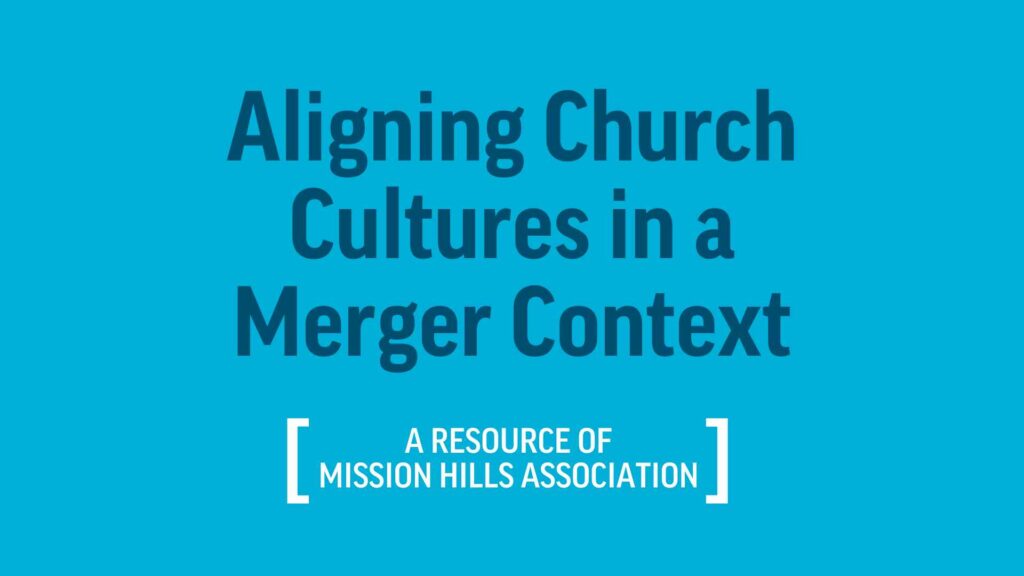
High-level church organization and ministry calendars may seem like something only for churches of a certain size or the ones that put on a ton of events throughout the year. But a church ministry calendar is one way you can take a step to bring more organization and clarity to the life of your church, no matter how big or small. These systems and processes will serve your leadership and your congregation for good – so let’s learn about them.
1. Creating a Ministry Calendar
The tyranny of the urgent is a trap that many leaders fall into. While we of course want to live in the moment and be ready to pivot as needed, it is also all too easy for church planning to be swept to the wayside in the midst of busy days. This is where a ministry calendar comes in.
It’s great to have a plan for a December sermon series, for example. But Christmastime is busy, and January can sneak up on everyone quickly. Rather than rushing to prepare your church leaders and congregation for January as it’s happening, a ministry calendar can help you approach December with an awareness of what January will hold, and so on.
This helps you create continuity between your sermons and ministry focuses, and allows the congregation to feel included in the process. There are a few ways to approach a church calendar, depending on your needs.
Use a tool Like Canva or Google Spreadsheets
For more extensive scheduling and online coordination with other church leaders, a spreadsheet or online calendar may be your best move.
Use a paper calendar
While online tools are great, there is nothing wrong with sticking to a classic paper calendar! Your Ministry calendar can be as simple or flashy as you want, as long as it serves your church.
Things to include in your calendar: School breaks, major holidays, church-wide events, sermon series plans, etc.
If your church has just one or two big events per quarter or year, that’s completely fine! Go ahead and put those on your ministry calendar, even if you “could” keep track of them in your head. This way, you won’t have to.
For a church with a lot of events, focus on the main ones. Don’t shove every event into your calendar if it’s going to create overwhelm – that defeats the purpose of the calendar in the first place. Choose which events pertain to the highest number of people in the church, and focus on those.
2. Creating a Promo Calendar
This is kind of a “when you give a mouse a cookie” situation. When you create a ministry calendar, you may find that you need to create a promo calendar as well! A promo calendar works in tandem with your ministry calendar. Simply put, it helps you keep track of how you’re delivering important information to the congregation.
We would suggest using an Excel doc (but once again, a regular hard copy calendar works too) so that you can create as many lines as needed. Once you receive your calendar of events for the year, just input the main channels that your church uses to communicate.
Do you have a church bulletin, email newsletter, social media, etc? You may have one of these, or you may have 15. Regardless of how much “church promo” you do, a calendar will help you map it all out so that you can always know what you’re supposed to say, and when.
Gone are the days of scrambling to remember what you shared during last Sunday’s announcements – just reference the calendar and you’ll be all set. The more you get this miscellaneous communications information out of your head and onto paper, the more mental space you’ll have to focus on the daily ministry at hand.
Fighting against the tyranny of the urgent will ironically give you more time to truly focus on the present moment. On top of that, your congregation will be better informed and prepared for what to expect because you’re proactively communicating with them. It’s a win-win.
P.S. for Large Churches
You may want to consider using a task management system like Asana for allowing church employees to send event and communication request forms. In theory, it’s nice to think about church events happening by “word of mouth,” but the reality is that this approach to church planning often results in poor communication.
A sign of health for your church is being willing to invest in programs and services that will keep your communication clear and streamlined.
No matter the size of your church, you can create a ministry or promo calendar today. Truly! Grab a pen and paper or open your laptop and map out the most basic elements of your calendar. These tips and tools aren’t for the sake of amazing organization in and of itself, but in order to set your church up for success as you do Kingdom work.
Let’s be smart about the way we use our time and use the tools available to us to make it happen.




